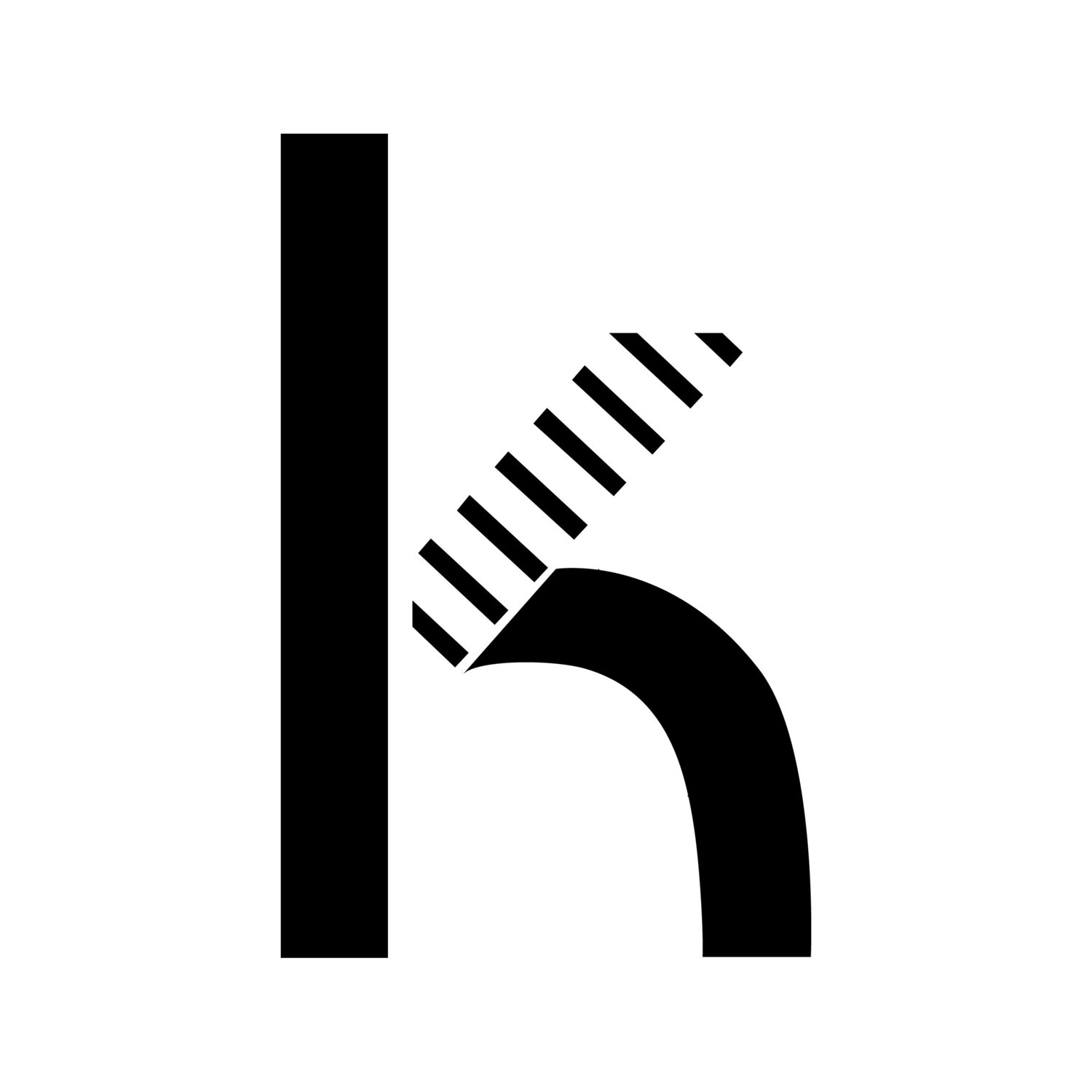I was lucky to catch a talk by Casey Lindberg, a psychologist and architect who has recently joined HKS Singapore as Behaviour Design Expert. Casey gave an overview of his research on office environments for the Wellbuilt for Wellbeing project, which was carried out for the US General Services Administration—the government’s mega-landlord arm. This study used wearables and IEQ sensors to look for correlations between noise, air quality, light and spatial factors with biodata and interview responses.
For those of us who live in offices, Casey’s results are fascinating. As one might expect, the data suggests that open offices work better for many people—resulting in more physical activity during the day and better sleep at night. Cube farms perform quite badly for a number of metrics, particularly in terms of privacy (it seems like the odd compromise of being heard but not seen is quite stressful for many of us). Interestingly, assumptions that corner offices lead to greater productivity turn out to be iffy; in reality, many respondents in open offices found themselves equally productive despite more to look at and to hear in their surroundings.
Among all of Casey’s discoveries, I found two particularly helpful. The first was a graph showing the relationship between noise level and productivity: a broad hill-shape with its peak at a mid-decibel range. This means that humans seem to thrive in environments that are neither too loud nor too quiet—thus disproving every librarian in human history. The other is a beautiful correlation showing that human cognitive functioning drops with the increase of CO2 in a given volume of air. This would imply that a crowded conference room is a very bad place to make important decisions, and even more so as meetings run longer. Thus science vindicates my belief in the stupidity of decisions made around surfboard tables, and of groupthink in particular. Go science!
